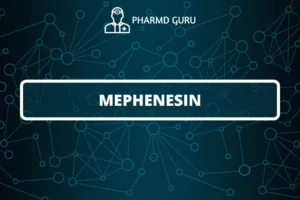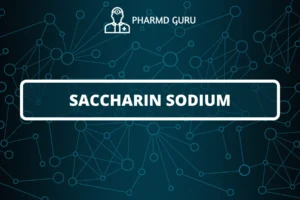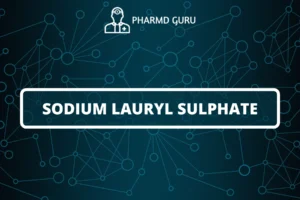ALICYCLIC COMPOUNDS: PREPARATIONS OF CYCLOALKANES, Bayer strain theory and
orbital picture of angle strain.
Alicyclic compounds, also known as cycloalkanes, are a class of organic compounds characterized by having one or more rings of carbon atoms in their structure. Cycloalkanes are commonly found in nature and can also be synthesized through various methods. In this article, we will explore the preparations of cycloalkanes.
SCROLL DOWN TO THE BOTTOM OF THIS PAGE FOR ACTUAL NOTES:
- Hydrogenation of Alkenes: One of the most common methods for preparing cycloalkanes is through the catalytic hydrogenation of alkenes. Alkenes can be converted into cycloalkanes by reacting them with hydrogen gas (H2) in the presence of a metal catalyst, such as palladium (Pd) or platinum (Pt). The hydrogenation process involves the addition of hydrogen across the carbon-carbon double bond, resulting in the formation of a cycloalkane.
For example: Ethene (C2H4) + H2 → Ethane (C2H6) Cyclohexene + H2 → Cyclohexane
- Reduction of Carbonyl Compounds: Another method for preparing cycloalkanes involves the reduction of carbonyl compounds, such as ketones or aldehydes. This reduction can be achieved using reducing agents like lithium aluminum hydride (LiAlH4) or sodium borohydride (NaBH4). The reduction of the carbonyl group leads to the formation of a saturated cycloalkane.
For example: Cyclohexanone + NaBH4 → Cyclohexanol Cyclopentanone + LiAlH4 → Cyclopentanol
- Ring-Closing Reactions: Cycloalkanes can also be prepared through ring-closing reactions, where a suitable precursor molecule undergoes a reaction that forms a cyclic structure. This method is often used to create cycloalkanes with specific ring sizes.
For example: Diene + Dieneophile → Cycloalkane In this case, a diene and a dieneophile undergo a Diels-Alder reaction to form a cycloalkane.
- Cyclization of Acyclic Precursors: Certain acyclic precursors can undergo cyclization reactions to form cycloalkanes. These reactions often involve the formation of new carbon-carbon bonds within the molecule, leading to the closure of the ring.
For example: Alkyl halide + Strong Base → Cycloalkane In this case, an alkyl halide is treated with a strong base, such as sodium hydroxide (NaOH), resulting in the formation of a cycloalkane.
- Rearrangement Reactions: Rearrangement reactions can also be employed to prepare cycloalkanes. These reactions involve the rearrangement of atoms within a molecule to form a cyclic structure.
For example: Wagner-Meerwein Rearrangement: Alkyl shift within a carbocation results in the formation of a cycloalkane.
These are some of the common methods for preparing cycloalkanes. The specific method chosen depends on the starting materials, desired cycloalkane structure, and reaction conditions. By utilizing these synthetic methods, chemists can successfully prepare a wide range of cycloalkanes for various applications in fields such as pharmaceuticals, materials science, and more.
ACTUAL NOTES:
PATH: PHARMD/PHARMD NOTES/ PHARMD FIRST YEAR NOTES/ ORGANIC CHEMISTRY/ PHARMACEUTICAL ORGANIC CHEMISTRY/ALICYCLIC COMPOUNDS: PREPARATIONS OF CYCLOALKANES.




